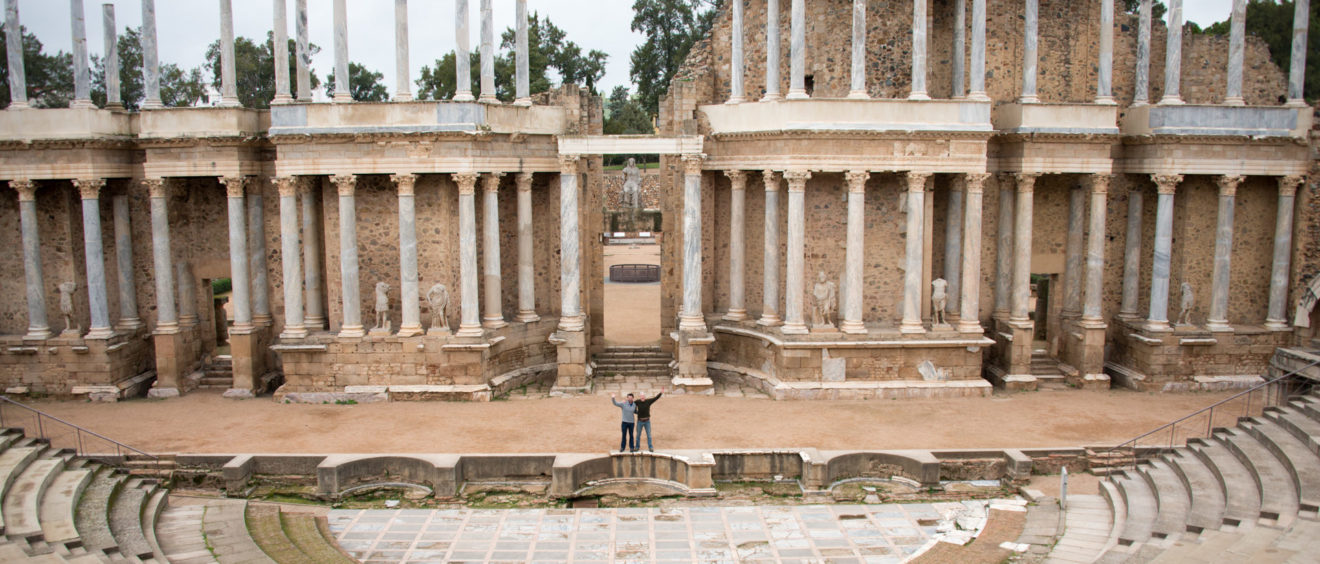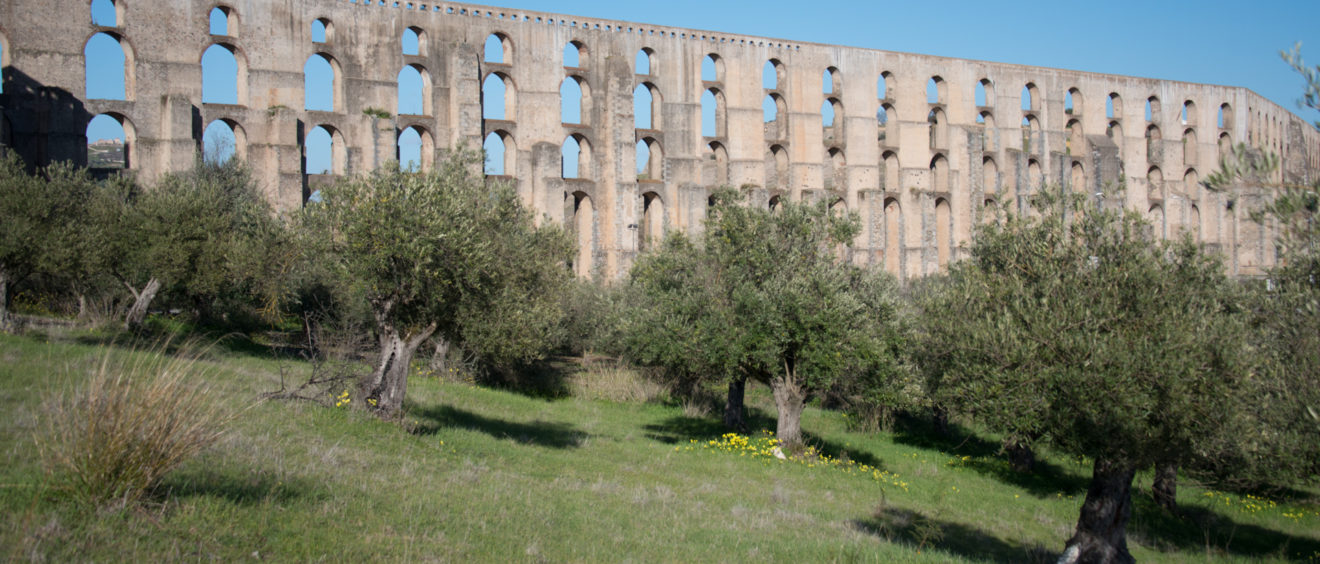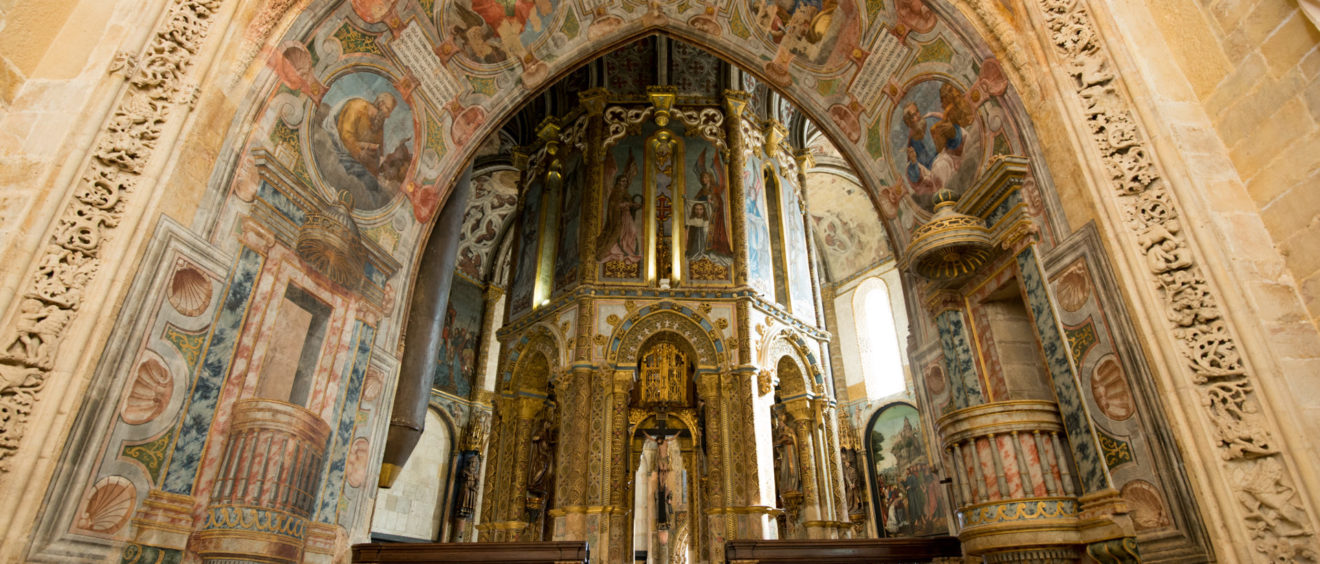Stop 12: Highlights: The Roman Walls surrounding Cordoba were built after the Romans captured the city in 206 BC. The walls are now part of a UNESCO World Heritage site designating the town’s historic center. Mezquita (Mosque) – see this portfolio here. The Mezquita is Córdoba’s mosque that was converted to a Cathedral in the […]
Stop 11: You will see photos of the following: Plaza del Triunfo Mudejar palace, the official residence of the king and queen when they’re in town, built by Pedro I (1350– 69) on the site of Seville’s former Moorish alcázar (fortress). We were not allowed to take photographs, but I will say that it was […]
Stop #9: Mérida was one of the biggest surprises of this trip. I never imagined that I’d be walking through Roman ruins of this magnitude in the middle of Spain! Mérida was founded by the Romans in 25 BC and called Augusta Emerita. It was the capital of the Roman province of Lusitania and located […]
Stop #8: Caceres was a highlight for me. I immediately fell in love with all the old buildings in the square…well after a little mishap. OK, I’m not always the best navigator, but this was the worst I’ve ever done. Especially when my offline map on Google Maps switched to pedestrian maps instead of driving […]
Stop #7: Elvas is a town about 10 miles from the Spanish border. It wasn’t a major destination, but we had to stop to see the gigantic aqueduct. At some points there were 5 stacked arches (including the really little arches you can see in the photos). Elvas is a UNESCO world heritage site (The […]
Stop #3: Évora, a university town, is the capital of the central Alentejo. It sits on a hill (as every city in Portugal seems to do), and it is surrounded by cork and olive trees. The central main section of town in Évora is a UNESCO World Heritage site. You will see that the streets […]
Our first stop on our trip through Portugal and Spain was Tomar, Portugal. There, we visited the Convent of Christ, which was originally a 12th-century Templar stronghold (the convent was founded by the Order of Poor Knights of the Temple, or Templar Knights, in 1118). The Convent and Castle complex are a UNESCO World Heritage […]
Link to Wikipedia The Jelling stones are massive carved runestones from the 10th century, found at the town of Jelling in Denmark. The stones celebrate the conquest of Denmark and Norway and the conversion of the Danes to Christianity.










